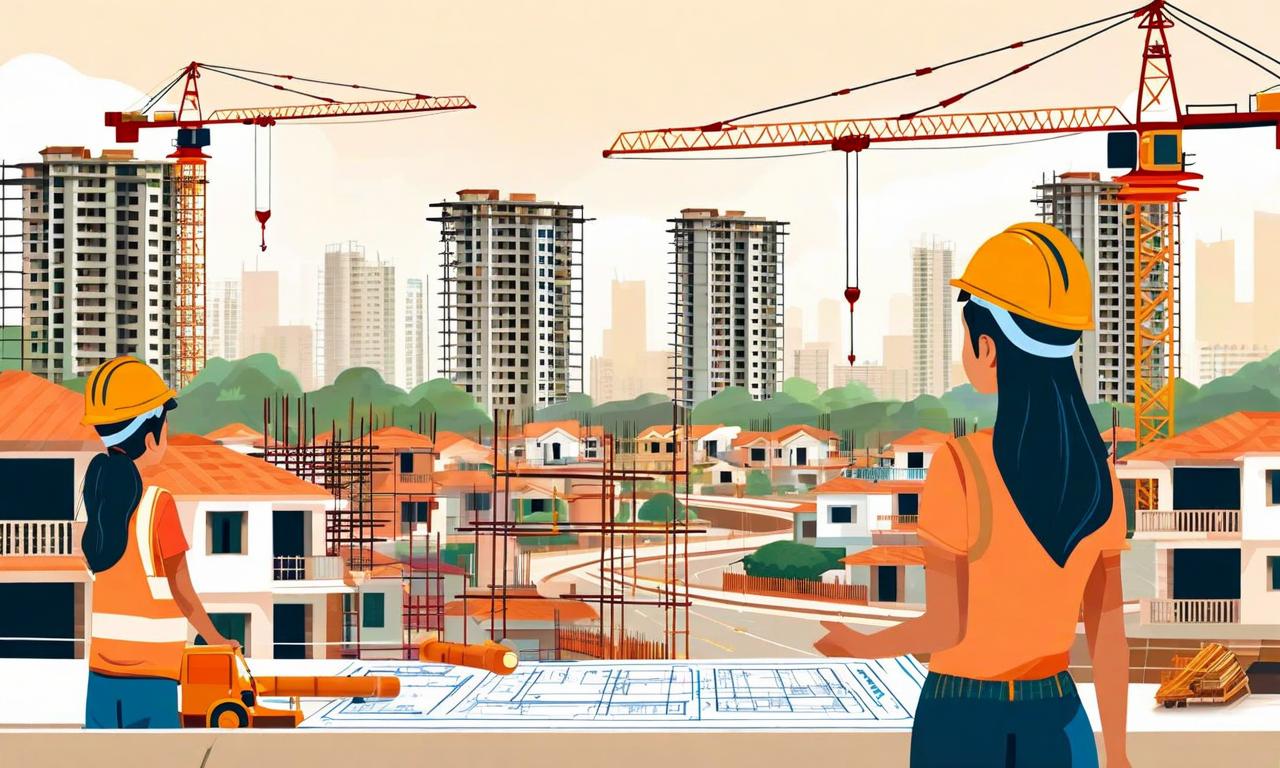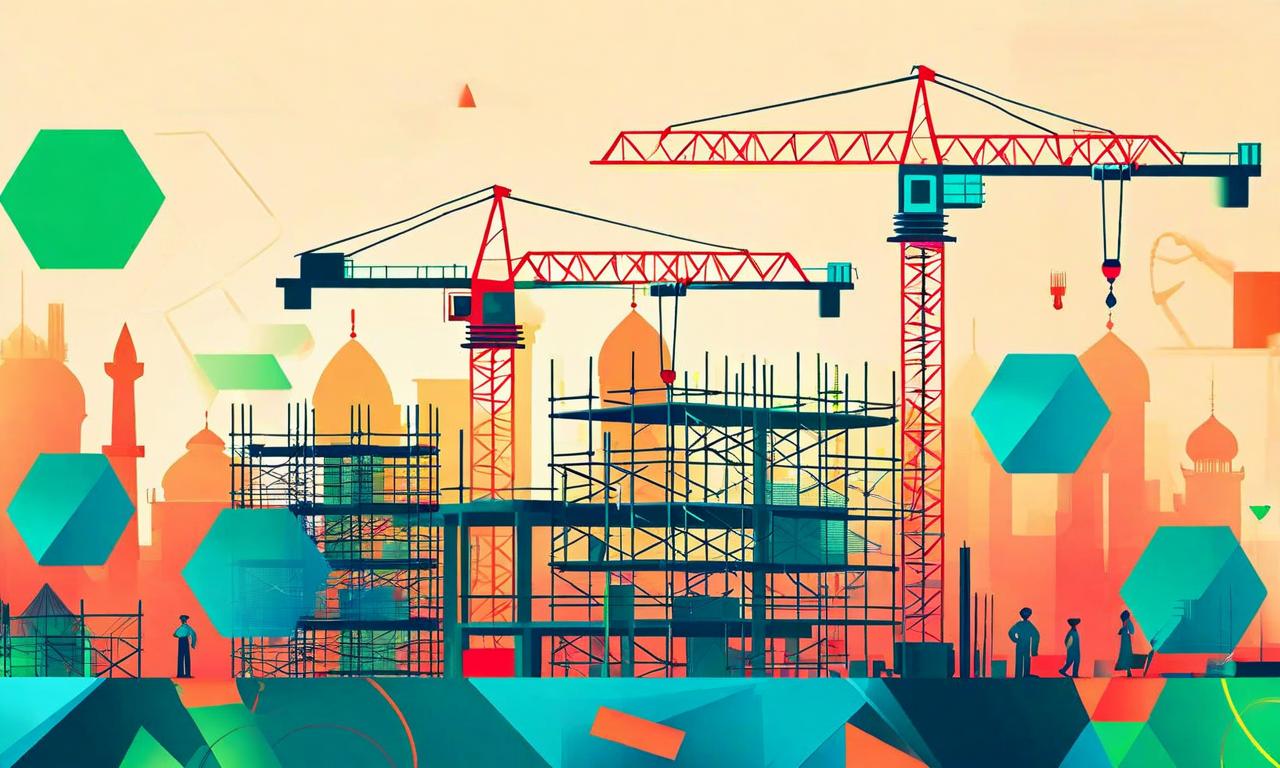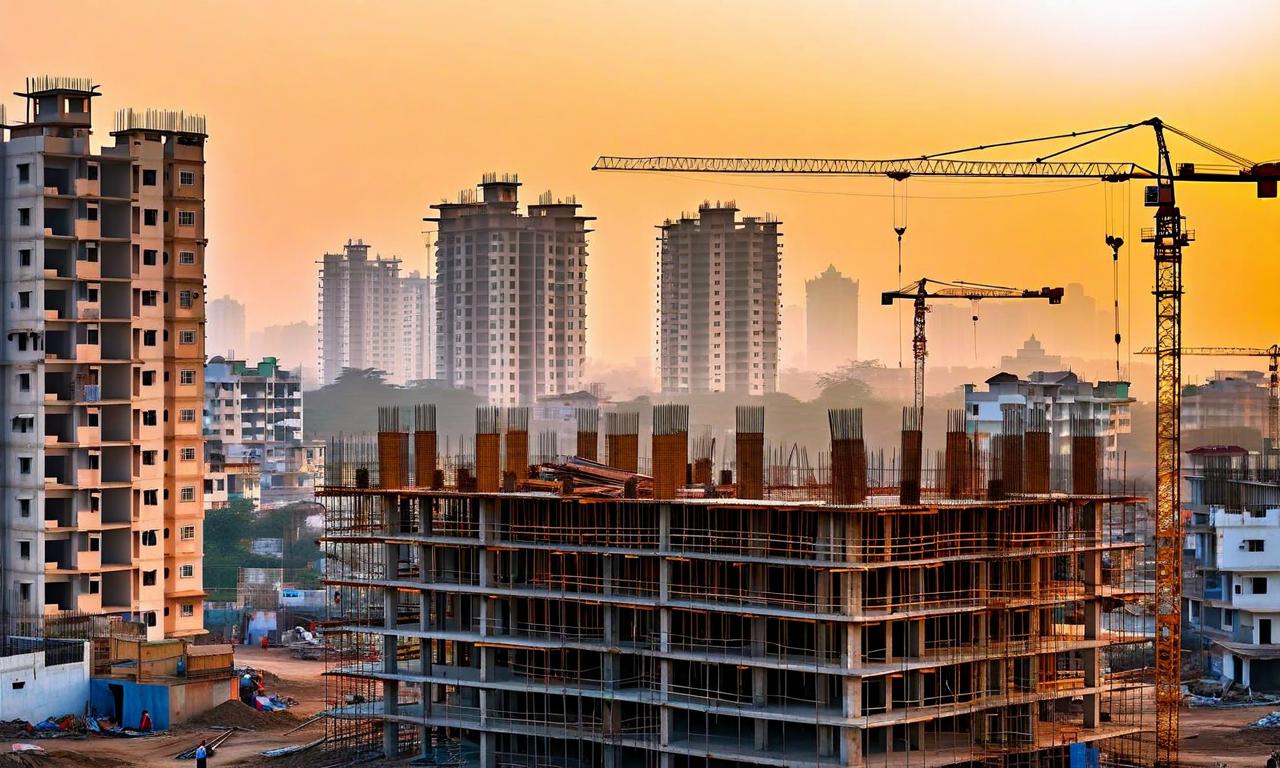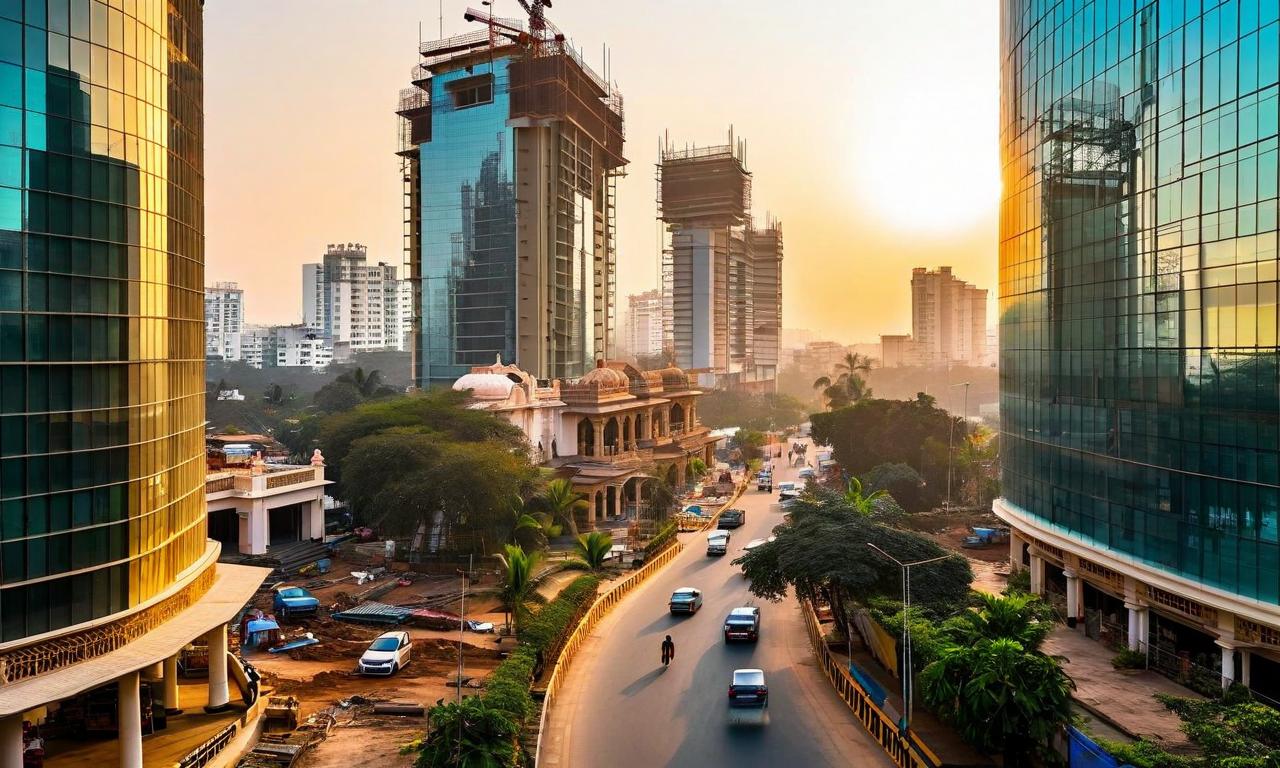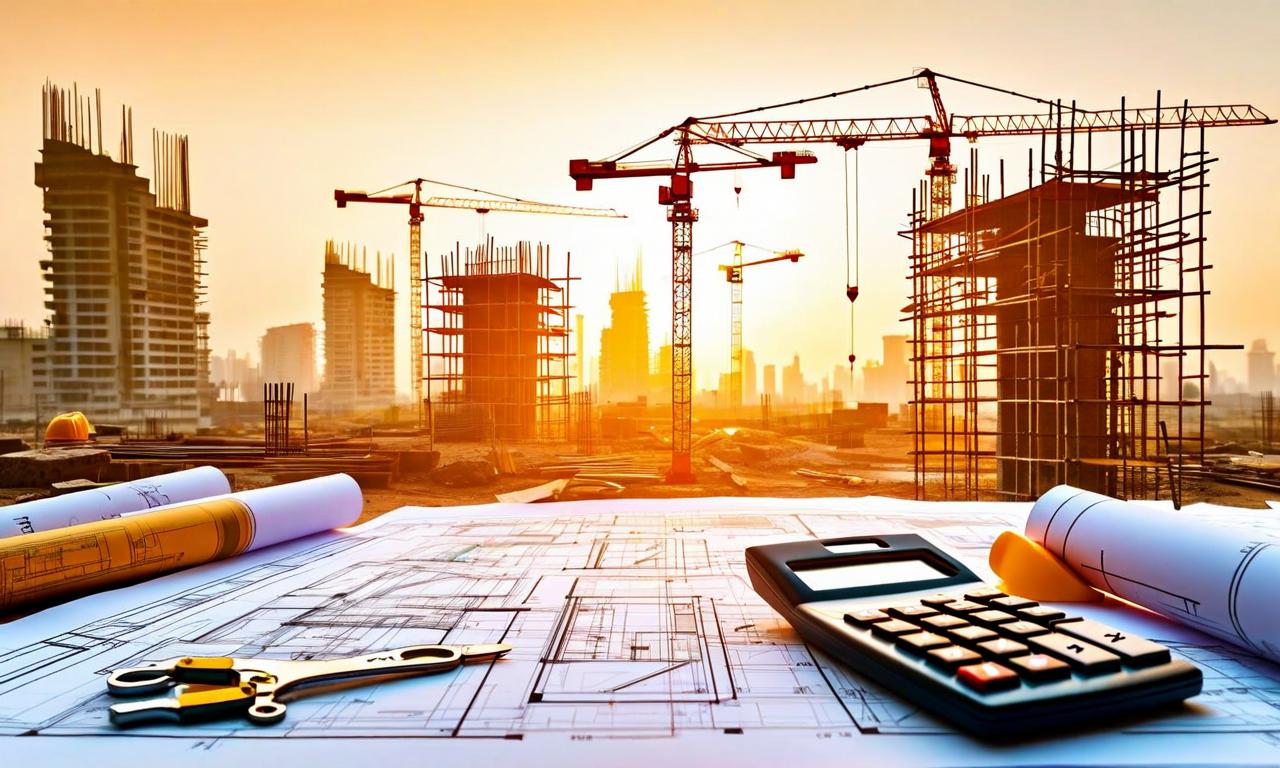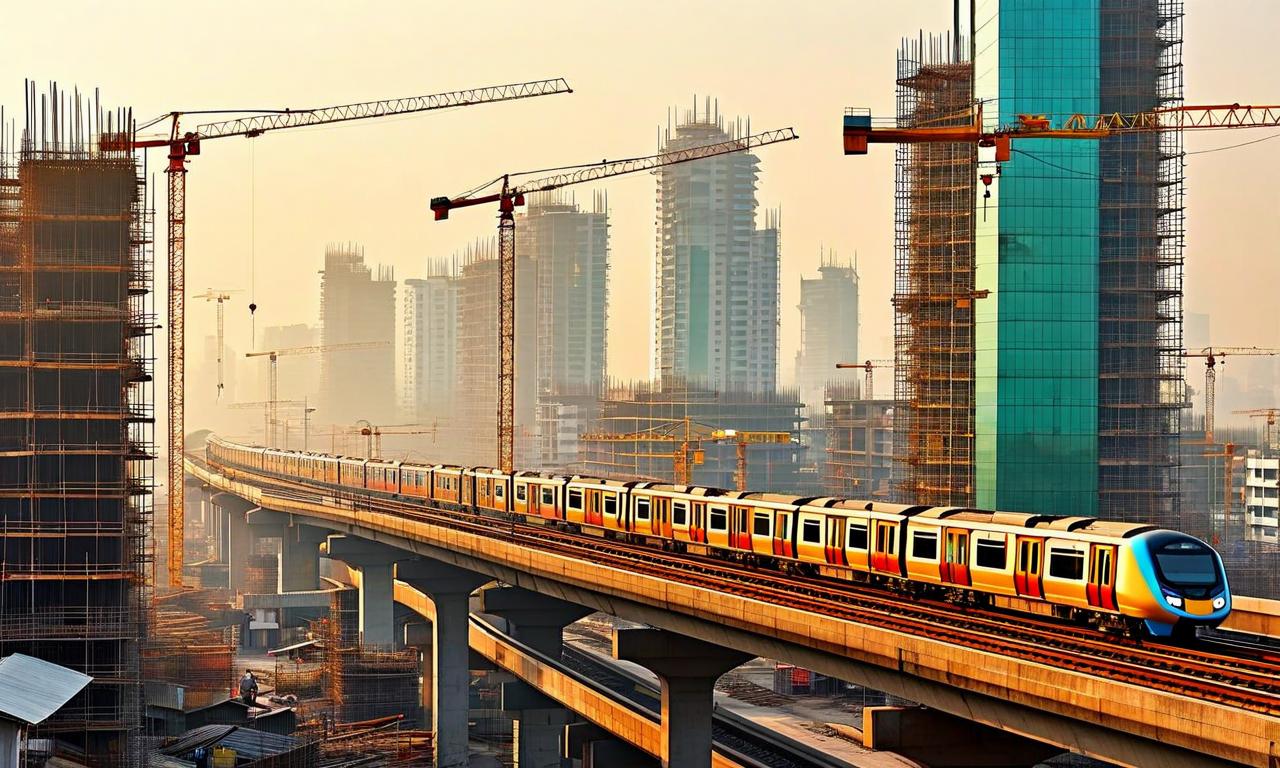Mumbai Property Registrations Soar 20% During Navratri, Boosting India's Real Estate Sector
Mumbai recorded 6,238 property registrations during Navratri, a 20% increase from last year. Maharashtra's revenue collections rose by 17% to Rs 587.00 crore. Factors driving growth include GST simplifications, stable interest rates, and RBI's repo rate cuts. Developers are offering attractive festive packages. The luxury segment is thriving, with increased NRI interest. Industry executives report a 25% increase in property enquiries and expect 10-15% growth in festive sales.
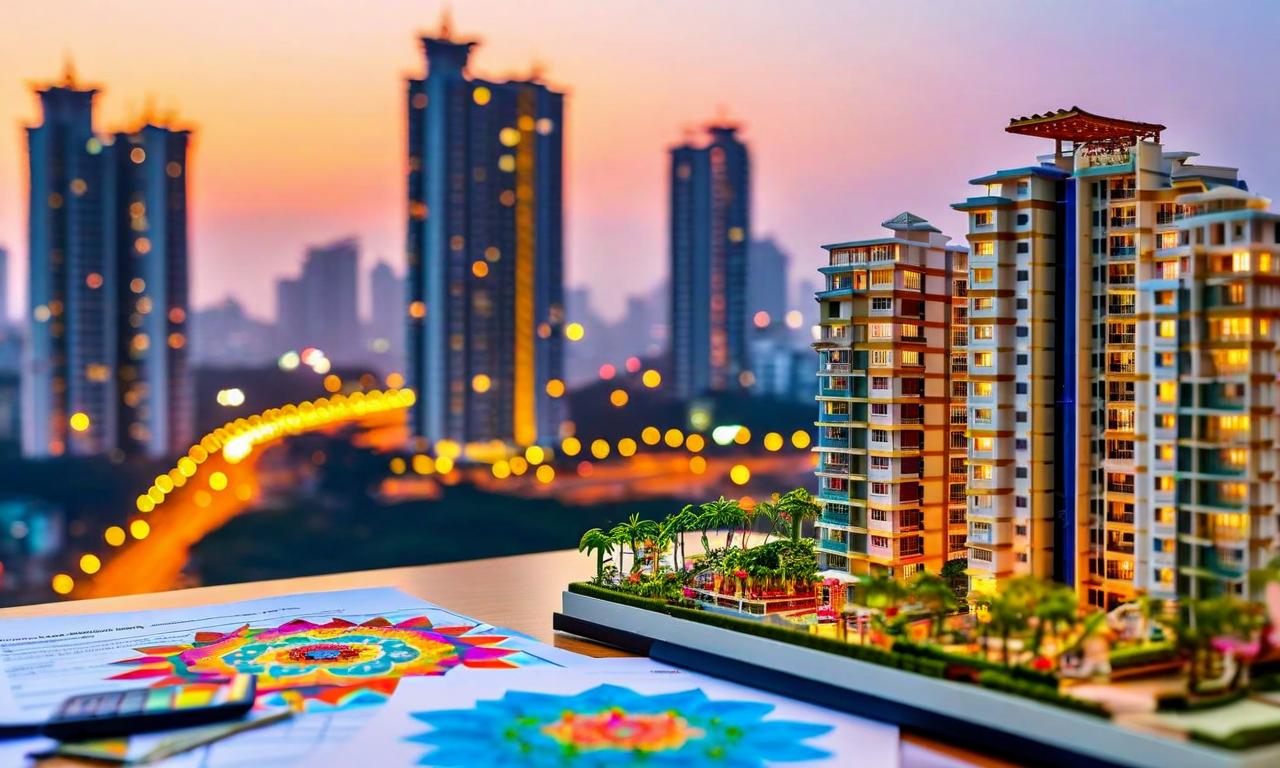
*this image is generated using AI for illustrative purposes only.
India's real estate market is experiencing a significant upswing, with Mumbai leading the charge during the recent festive season. The financial capital recorded an impressive 6,238 property registrations during Navratri, marking a substantial 20% increase from the previous year's 5,199 registrations.
Revenue Boost for Maharashtra
This surge in property registrations has translated into a notable financial gain for the state. Maharashtra saw its revenue collections rise by 17% year-on-year, reaching Rs 587.00 crore. The robust performance is not isolated to the Navratri period alone; September proved to be Mumbai's strongest in a decade, with 12,070 property registrations.
Factors Driving Growth
Several factors are contributing to this positive trend in the real estate sector:
- GST Simplifications: Recent changes have made the tax structure more straightforward for property transactions.
- Stable Interest Rates: The current interest rate environment is conducive to property purchases.
- RBI's Monetary Policy: The Reserve Bank of India's cumulative 100 basis points repo rate cuts have improved affordability for homebuyers.
Attractive Festive Offers
Developers are capitalizing on the festive spirit by rolling out enticing packages to potential buyers:
- Flexible payment plans
- Zero GST on select ready-to-move-in units
- Waived registration charges
Luxury Segment Thriving
The luxury real estate market is experiencing robust demand across major metropolitan areas:
- Mumbai
- Delhi NCR
- Bengaluru
- Goa
Notably, Non-Resident Indians (NRIs) are showing increased interest in high-end properties.
Industry Outlook
Real estate industry executives report encouraging statistics:
- 25% increase in property enquiries
- Expected 10-15% growth in festive sales
Historically, the festive quarter contributes significantly to annual sales, accounting for 25-35% of the yearly figures.
Conclusion
The current boom in India's real estate market, particularly evident in Mumbai's record-breaking registrations, signals a robust recovery and growth phase for the sector. With favorable economic conditions and attractive offers from developers, the industry appears poised for sustained momentum.
